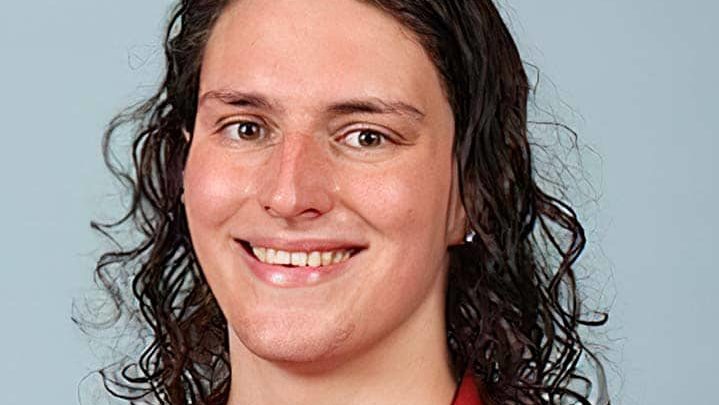Ad Disclosure
Lia Thomas to Continue Swimming, Wants to Compete in Olympics

Let’s check in on everybody’s favorite story. It’s Penn swimmer Lia Thomas, who reignited the debate over transgender participation in sport and appeared on Good Morning America this week.
Transgender swimmer Lia Thomas said she intends to keep competing, with the ultimate goal of reaching the Olympics.
In an interview that aired Tuesday on ABC’s “Good Morning America,” Thomas also disputed those who say she has an unfair biological edge that ruins the integrity of women’s athletics.
“Trans women are not a threat to women’s sports,” she said.
…
In March, Thomas won the women’s 500-yard freestyle at the NCAA championships in Atlanta, becoming the first transgender woman to claim a national title in swimming. She has since graduated from Penn and plans to attend law school, in addition to pursuing her goal of qualifying for the 2024 U.S. Olympic swimming trials that will determine the team for the Paris Games.
Alright, so the interesting thing here is that Thomas will be shifting from amateur status to “elite” status, which falls under USA Swimming jurisdiction.
The back story is that Thomas used to compete for Penn’s men’s team, then transitioned and was ruled eligible to swim for the women’s team after meeting the NCAA criteria for testosterone suppression. When the controversy began to expand and national media outlets picked it up, the NCAA changed their rules, instead shifting guidelines for participation to individual sports’ national governing bodies. USA Swimming then updated their guidelines, which did not affect Thomas at the time, because she was considered an amateur and not a pro.
Stepping out of the amateur spotlight would, I assume, mean she has to adhere to this guidance:
The elite athlete policy will be implemented by a decision-making panel comprised of three independent medical experts and eligibility criteria will consist of:
– Evidence that the prior physical development of the athlete as a male, as mitigated by any medical intervention, does not give the athlete a competitive advantage over the athlete’s cisgender female competitors.
– Evidence that the concentration of testosterone in the athlete’s serum has been less than 5 nmol/L (as measured by liquid chromatography coupled with mass spectrometry) continuously for a period of at least thirty-six (36) months before the date of application.
This is where we’re at right now. The next step is to determine eligibility based on a new competition status.
Kevin has been writing about Philadelphia sports since 2009. He spent seven years in the CBS 3 sports department and started with the Union during the team's 2010 inaugural season. He went to the academic powerhouses of Boyertown High School and West Virginia University. email - k.kinkead@sportradar.com